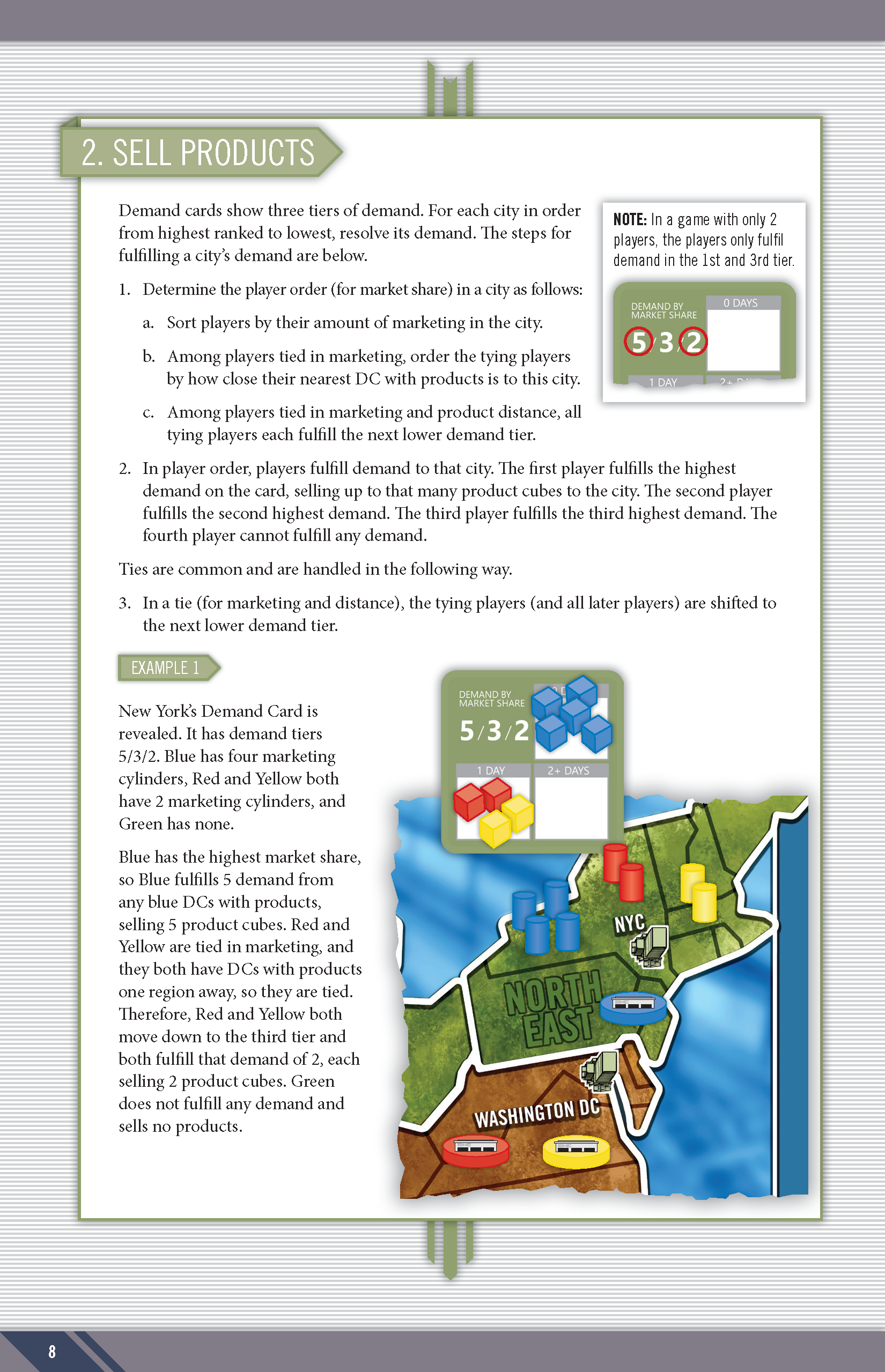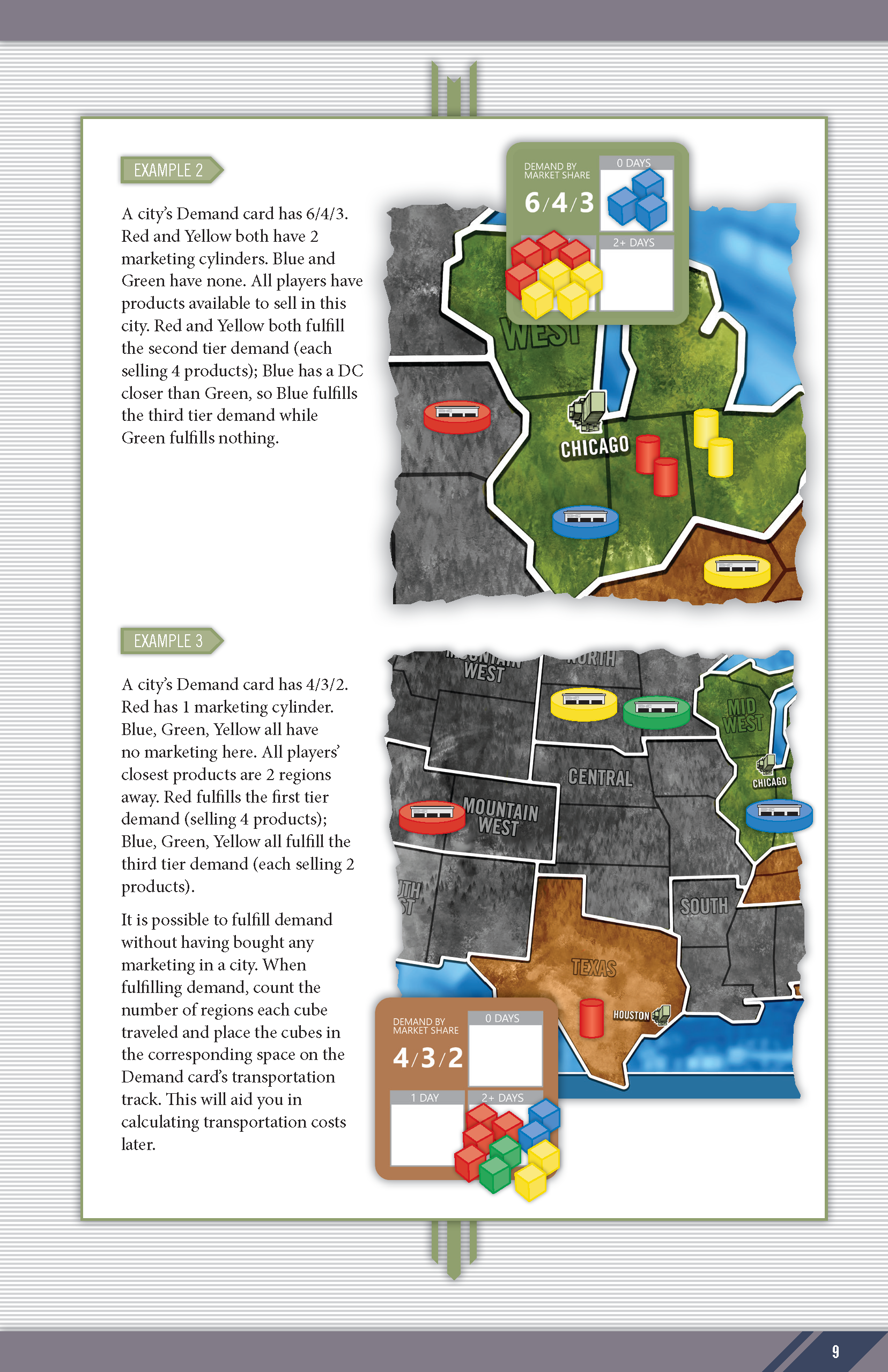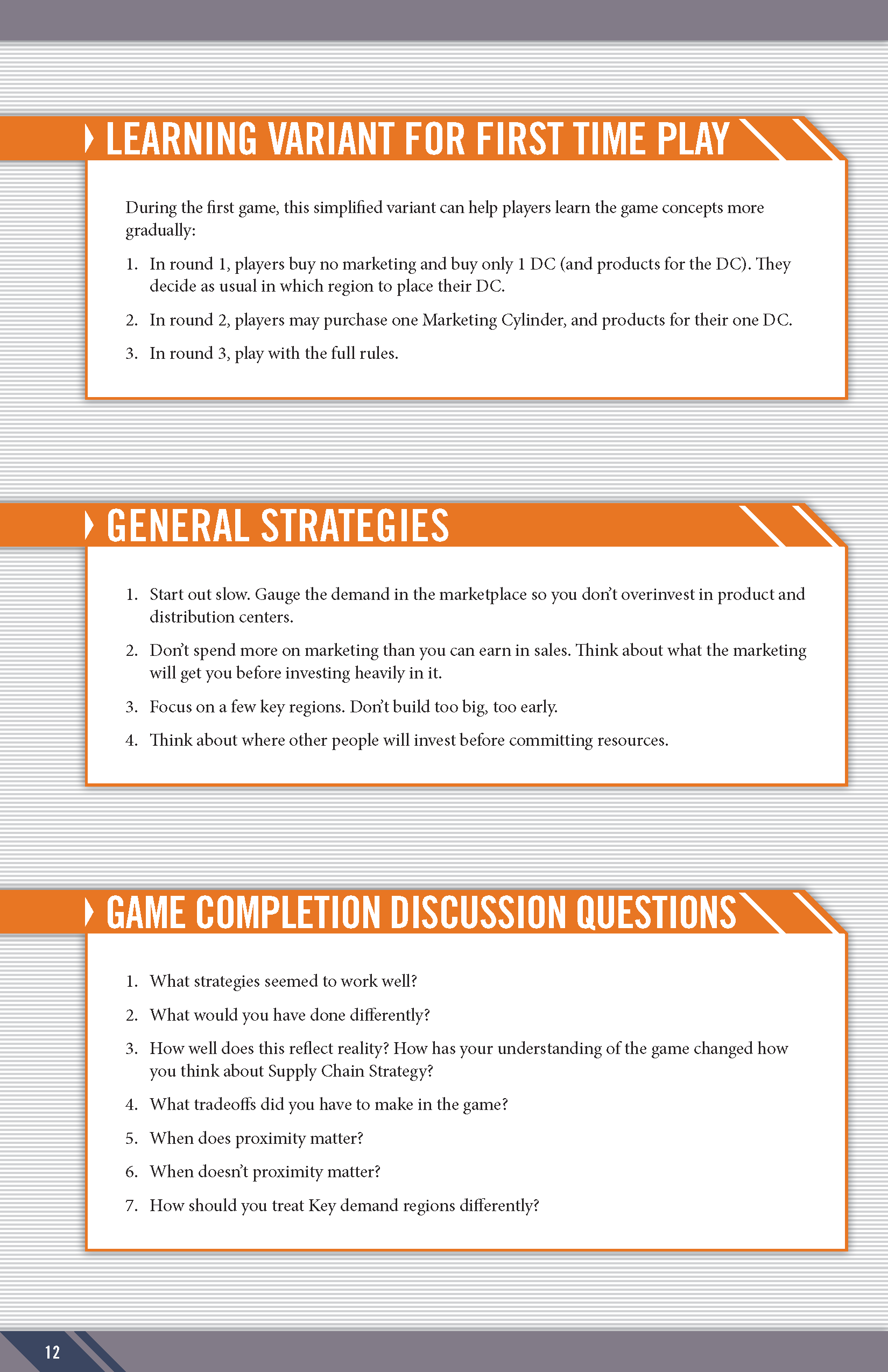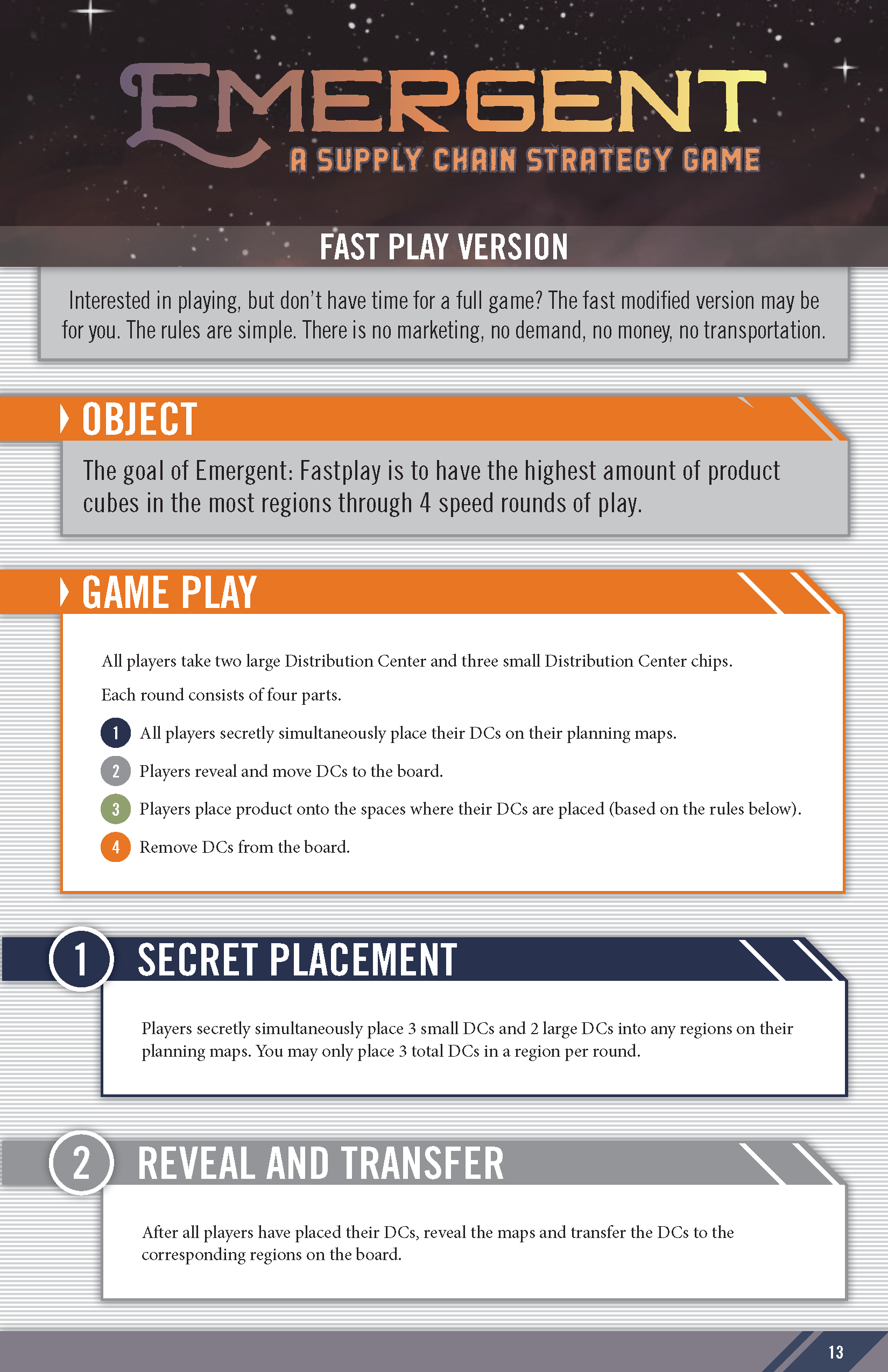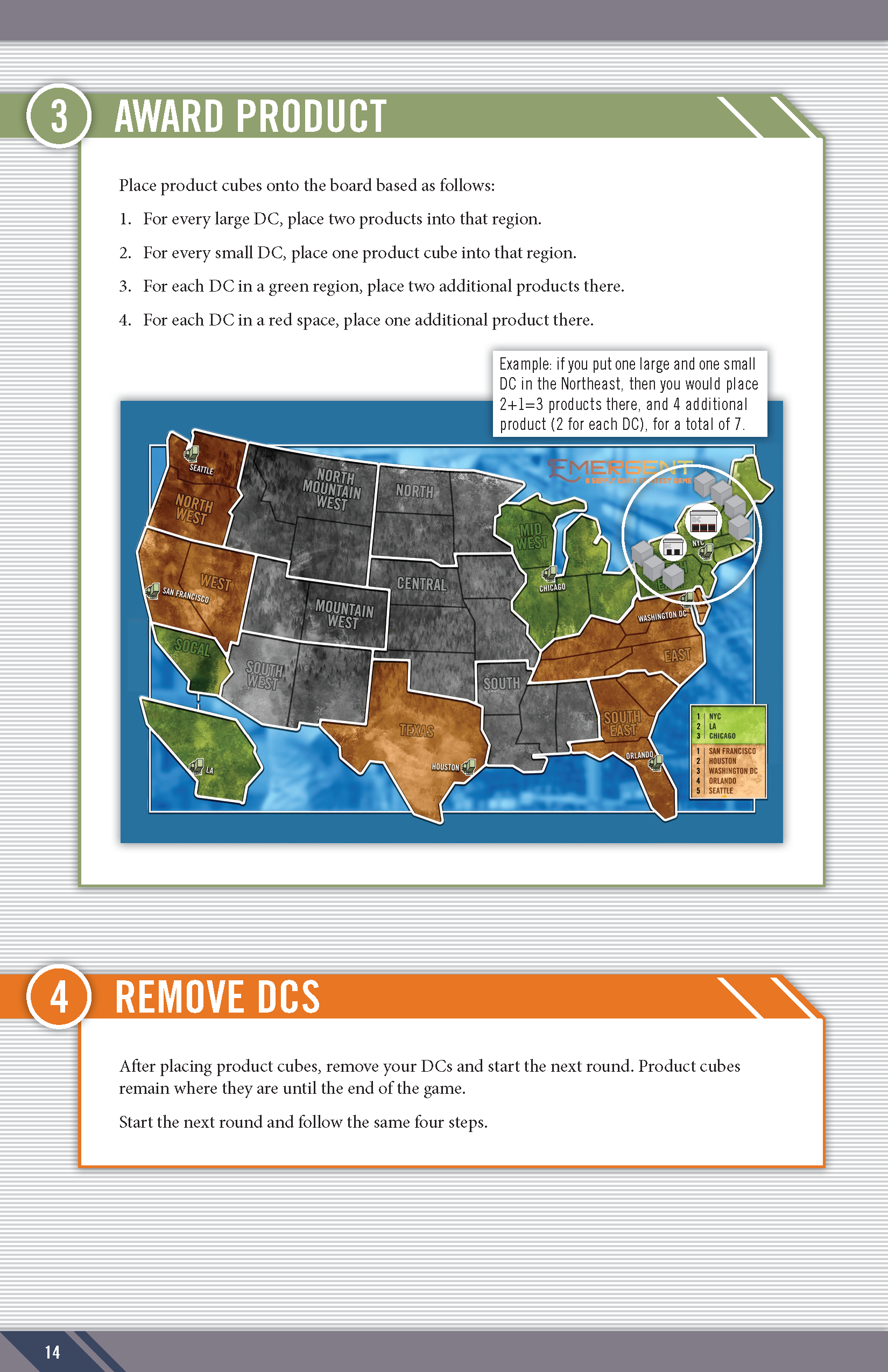Over the holidays I had the opportunity to play Puerto Rico for the first time. I loved the gameplay, and the economic elements. After that, I looked for it in digital version and found San Juan. A card game based on the Puerto Rico board game. The elements are very similar and fun to play.
The game is complex, and takes a lot of planning and some luck to win, but it is a lot of fun. The digital version takes between 20-30 minutes to complete.
Here is the strategy.
- Build something good on your first or second turn: (don’t waste the first build)
- Build either a Library, or a Smithy as soon as possible
- Take the Councilor role in early turns to get a Guild Hall
- After building the Library and/or Smithy, take the build action often, and if not, take the Prospector
- Always build something when possible in later turns, focusing on Production Buildings
- Play the Guild Hall in one of the 8-10 spots
- End the game quickly after that
Build something good on your first turn:
In the first round, everyone starts out with some cards, so you may be tempted to build something when the build role is drawn. If you don’t have something good, just wait until the next round. At that point, the other players won’t be able to build anything, and it gives you a few more cards to get something good. I like to play the Library, Smithy, a Coffee Roaster, or a Silver Smelter.
Build the Library and/or Smithy
You want to give yourself an advantage that will last throughout the game. This strategy focusses on winning big with the Guild Hall, so the inexpensive Smithy will help you get production cards out, or the more expensive Library will always give you an advantage on your turn. If you can get both of them out early, it is even better.
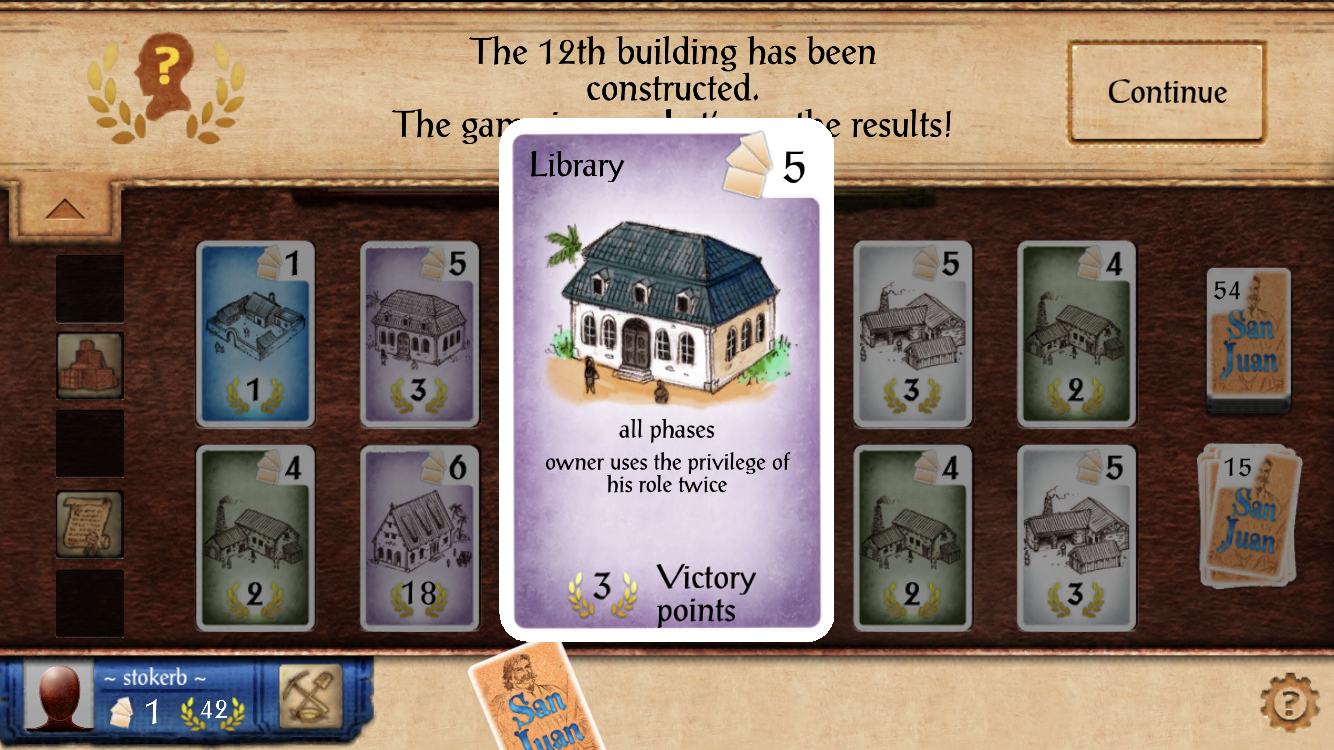

Get and keep the Guild Hall
The Guild Hall is the linchpin to this strategy. You can win without it, but it will be very difficult. This card is very powerful, so the other players will also be looking to grab it. Give yourself an advantage by taking the Councilor card. This will get you through a lot of cards very quickly to get what you want, especially if you already played the library.
Once you have the Guild Hall, don’t play it yet. You need to get cards out that will help you throughout the game, not just at the end.
I like to hold onto the Guild Hall until your 8th slot, or as soon after that as you can play it.
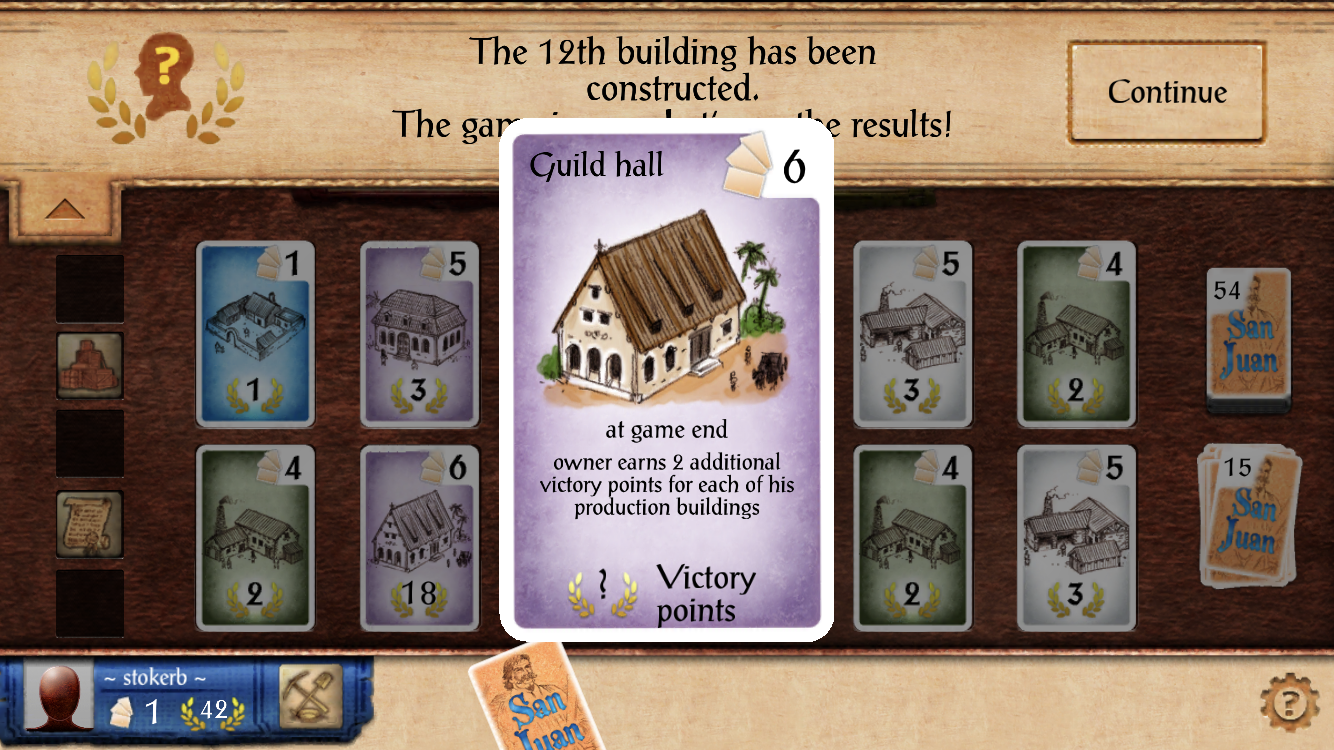
Build Often
When you have the chance, take the build role. If you have the Library and/or Smithy out, you can very cheaply play production cards. This will further increase your chance for cards, and give you tons of points. If you can’t Build, take the Prospector role. With the Library, the prospector gives you two free cards and doesn’t help anyone else out.
In addition to taking the build card, it is helpful to have some cheap cards in your hand to build anytime someone takes the build card. This is a tricky part of the game to balance, but if you don’t build every time you have an option to build, you can end up with tons of open spaces at the end of the game, I like the indigo cards because they are free to build with the Smithy, and are worth 3 points with the Guild hall.
End Game
If you are building as much as possible, you will end the game at 12 buildings and will have filled the most of your spaces with production cards, thus gaining tons of points
This strategy requires a few key cards, and you won’t always get them. You can adapt the strategy as needed, but if you don’t get the Guild Hall, you may be better off building victory point cards towards the end.
Below is a picture of an almost perfect game that I had. This won’t always happen, but I have been able to get pretty close a few times. Just play it the best you can with what you have.

Good luck! And let me know how it goes.
Here is some more background on San Juan from BoardGameGeek:
”
San Juan is a card game based on Puerto Rico. The deck of 110 cards consists of production buildings (indigo, sugar, tobacco, coffee, and silver) and “violet” buildings that grant special powers or extra victory points. Cards from the hand can be either built or used as money to build something else; cards from the deck are used to represent goods produced by the production buildings, in which case they are left face-down. A seven-card hand limit is enforced once per round.
In each round (or governorship), each player in turn selects from one of the available roles, triggering an event that usually affects all players, such as producing goods or constructing buildings. The person who picks the role gets a privilege, such as producing more goods or building more cheaply.
Though similar in concept to Puerto Rico, the game has many different mechanisms. In particular, the game includes no colonists and no shipping of goods; goods production and trading are normally limited to one card per phase, and trades cannot be blocked. Victory points are gained exclusively by building, and the game ends as soon as one player has put up twelve buildings.”
Here is the strategy.
















